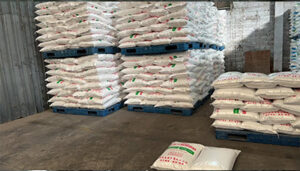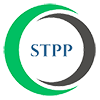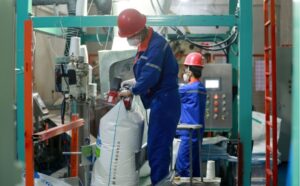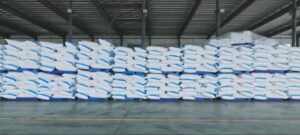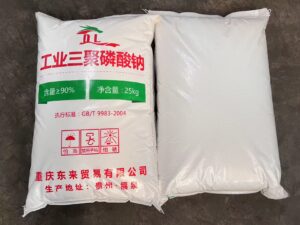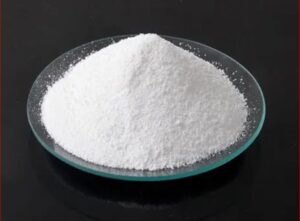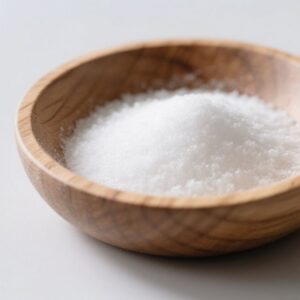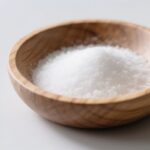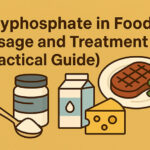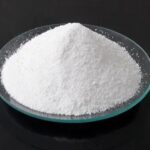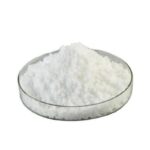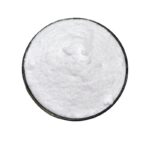Market Overview
The global sodium tripolyphosphate (STPP) market remains active in Q4 2025, especially in food processing. Technicians working in formulation, quality control, and procurement should closely observe the price range and underlying causes of fluctuation. STPP continues to serve as a multifunctional additive, valued for its ability to enhance water retention, texture, and stability in meat, seafood, and dairy products. The following analysis focuses on verified market data, industry feedback, and regulatory context. Any uncertain data points are identified for literature verification.
Current Price Range in Q4 2025
Based on available industry pricing reports, the global market for food-grade STPP in Q4 2025 shows regional variations. The following figures are derived from published quarterly averages and verified trade data. Where data remains incomplete, additional verification from updated market bulletins is advised.
| Region |
Estimated Q4 2025 Price Range (USD/MT, Food-Grade) |
Notes |
| North America |
820–910 |
Stable demand; moderate logistics cost increase. |
| Europe |
850–940 |
Energy cost pressure and seasonal seafood processing demand. |
| Asia-Pacific |
770–850 |
High production output; currency adjustments affect exports. |
| South America |
700–800 |
Lower shipping costs, steady domestic consumption. |
Compared with Q3 2025, average global prices increased by approximately 3–5%. This movement is mainly linked to higher energy and transportation costs in October and a temporary slowdown in phosphate rock exports. These figures represent conservative industry averages and should be cross-checked against local procurement data for precision.
Key Fluctuation Factors
Multiple technical and economic factors influence STPP price trends. Technicians involved in cost modeling should assess each parameter within their operational context.
1. Raw Material Costs
STPP production depends on stable supplies of phosphoric acid and sodium carbonate. Phosphate rock prices showed a moderate increase during late Q3 2025 due to export regulation changes in key producing countries. Soda ash prices remained stable, limiting total cost escalation. Verification from updated commodity price bulletins is recommended before recalculating cost-of-goods projections.
2. Energy and Logistics
Natural gas and electricity price volatility affected STPP production in Europe and parts of Asia. Fuel surcharges on container freight increased logistics costs by an estimated 6–8%. These factors contributed to the overall 3–5% product price increase mentioned earlier.
3. Exchange Rate and Trade Policy
Currency fluctuations against the USD affected export competitiveness. In Q4 2025, a weaker Euro increased export potential for European producers, while Chinese exporters adjusted prices to offset shipping cost increases. Tariff policy remained stable; however, any upcoming environmental tariffs may affect Q1 2026 costs. Technicians should monitor customs circulars for updates.
4. Seasonal Demand in Food Processing
Seasonal production peaks in seafood and meat industries increase Q4 demand for food-grade STPP. This effect is particularly strong in the Asia-Pacific region due to pre-holiday processing volumes. As many plants stock raw materials ahead of Q1 2026, short-term procurement competition slightly raised spot prices.
5. Environmental and Regulatory Pressures
Stricter discharge limits on phosphate-containing effluent in the European Union and select Asian markets prompted some producers to upgrade production facilities. These compliance costs are gradually passed into market prices. Technicians should anticipate continued regulatory costs reflected in supplier quotations.
Industry-Specific Impacts
Meat and Poultry Processing
Demand for STPP remained steady, supporting moisture retention and yield efficiency. Processors maintained standard inclusion levels of 0.3–0.5% w/w. No major supply shortages were reported, though cost-sensitive operations are testing partial phosphate replacements. Literature verification is suggested for comparative efficacy data.
Seafood Sector
Cold-chain producers increased procurement due to strong export demand. Soaking solutions typically contain 2–3% STPP by weight. Seasonal procurement drives a localized rise in price, most noticeable in Southeast Asia and Northern Europe.
Dairy and Functional Beverages
In dairy analogs, STPP stabilizes protein dispersions and calcium salts. Its cost influence is limited due to low dosage but remains a factor in overall formulation cost modeling. Manufacturers reported marginal cost adjustments without major substitution.
Plant-Based Protein Industry
Emerging applications in plant-based meats create incremental STPP demand. These products require consistent texture and hydration, for which STPP provides measurable benefits. Although volume remains smaller than animal-based sectors, the category shows growth potential that could stabilize demand into 2026.
Procurement and Risk Management Guidance
Technicians managing procurement or production costs should evaluate both short-term and structural influences on STPP pricing. The following recommendations are based on industry best practices and current supply conditions:
- Engage with multiple qualified suppliers to mitigate regional disruptions.
- Review supplier storage and transport compliance, particularly humidity control for food-grade material.
- Adopt quarterly contract pricing with a clause tied to raw material indices to manage volatility.
- Maintain inventory equivalent to at least six weeks of consumption to buffer shipment delays.
- Reassess clean-label or low-phosphate alternatives for partial substitution if regulatory restrictions tighten.
Where market or technical data remain incomplete, engineers and procurement specialists should refer to official commodity updates, regional phosphate pricing bulletins, or verified trade databases for final validation. Data cross-checking with peer-reviewed publications ensures compliance and operational safety.
Outlook for 2026
Preliminary projections indicate moderate stability in early 2026, assuming phosphate rock exports normalize and energy costs decline. However, environmental regulations and transportation cost variability may continue to exert pressure. Technicians should anticipate a price range similar to Q4 2025, with fluctuations within ±5% barring major geopolitical or policy shifts.
Research into alternative chelating agents, such as polyphosphates with lower phosphorus output or mineral-based sequestrants, continues. Their impact on large-scale cost efficiency remains under evaluation. Until conclusive studies confirm equivalent functionality, STPP will remain essential in high-yield food manufacturing systems.
Conclusion
Q4 2025 presents a steady but cautious outlook for sodium tripolyphosphate in food applications. Prices show limited upward movement, mainly driven by energy and logistics costs. For technicians, precision in formulation and procurement remains critical. Continuous monitoring of regulatory and supply chain variables will ensure cost control and compliance. Where uncertainty persists, consultation of updated literature and verified industry reports is strongly advised before operational decisions are made.
